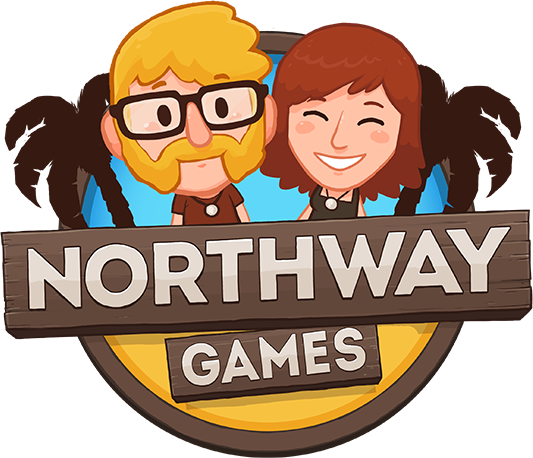One thing Colin forgot to mention about Izmir: the delicious Izmirian breakfast sammiches called veggie Kumru. A sesame loaf filled with slices of tomato, salty cheese, and a spicy green pepper. Vendors everywhere sell them for just 1 TL (70 cents!). They also make meaty and baked flaky pastry versions. I am definitely buying a dozen on our way back through Izmir.
As Colin mentioned our first couple days with the car worked out marvelously; Selçuk is a nice little town and the day of swimming and rock skipping at Deltasi Milli park will be hard to beat. That night however…
I consulted our GPS device “James” who said our next destination of Fethiye was too far to make by nightfall, but that local capital Mu?la (Mooola) was along the way. And a non-touristic university town to boot – fun! Well, let me explain something about finding room at a hostel in a Turkish university town: good effing luck. We spent hours canvassing Mu?la, visiting pension after pension and were told each one was full (of students), but you should try the next place up the street. The students giggled at our big backpacks but unfortunately few knew much English and nobody seemed to want to hang out with some lamo tourists on a Friday night.
Resigned to our fate, we rejected the one overpriced “luxury resort” hotel in town and agreed to spend the night sleeping in the car. We found a quiet street, cranked back the seats (they go waaay back in our Renault) and covered ourselves with every piece of clothing we had. It did get a little chilly in the wee hours and Colin was kept awake by barking strays, but with the help of all that sun earlier in the day (and a sleeping pill), I managed a few winks.
We awoke groggily at dawn to the now-predictable urban sounds of dogs barking. We kind of hate the stray dogs here as much as we loved our little pack back in Thailand. We were on the road and in Fethiye by about 9 am, and very happy we hadn’t attempted the mountain switchbacks the night before. We made a beeline for the pension district and got a room at the first place we tried (Duygu Pension). It wasn’t going to be a problem in such a touristy harbor town during the off season, but we weren’t taking chances this time. Duygu had a lovely rooftop terrace, a pool which we convinced them to fill with water (yes 25c is hot enough for swimming people!), and some very friendly hosts and guests. Fethiye itself was unremarkable, but it’s a launching point for boat tours of many nearby coves and islands. Oh, and like many towns down here, it’s chock-a-block with ruins. Tombs in the middle of roundabouts, tombs carved into the cliff above, a Lycian amphitheater and a Crusader fort right in town.
Feeling better after the Duygu proprietors filled us with tea, we headed up the road to the nearby beach. It was pebbly and had a few bars and sunbathers, but a 5 minute walk through the woods brought us to a totally secluded cove where we could jump off the rocks (I took a slower approach) and swim in the intensely turquoise Mediterranean. The water was a little chilly so we swam alternated swimming and sunbathing. At one point a guy on a little boat pulled up to our rocks to sell us ice cream. After a few hours we tried to hike farther in around the area but were foiled at every turn by yet another species of prickly, prickly plant. Instead we chased pretty little jumping spiders and grasshoppers around and tried to take their pictures. Next we drove on to another but far more modern set of ruins: Kayaköy (Levissi).
Levissi was a craftsmen village of 2000-some Christian Greeks, who had lived for generations perched in their stone houses above the fertile valley until the population exchange of 1923. I am fascinated by this event in Turkish history. After the Greco-Turkish War, the Greek Orthodox people who hadn’t already fled Turkey were forcibly moved to Greece, and Muslim citizens of Greece were punted to Turkey. They settled in eachother’s towns and houses, but as 1.3 million people moved out of Turkey only 350,000 moved back in. So places like Levissi became ghost towns overnight. Over the years people took stones from the houses to build new ones in the valley, but the churches were nearly untouched and much of the old town still stands today. I was creeped out by a few parts (the shed where the Greeks had collected ancient human bones taken out of tombs so they could reuse the tombs for their own dead), but mostly it was fascinating to imagine how they must have lived in the early 1900’s without modern machinery. I think that the pace of life must have been slow, and people must have spent a lot of time admiring the view from their little walled-off gardens.
We had a good takeout meal that night and met some of our fellow “pansiyon”ers. We made it to 17:00 (I’ve finally gotten the hang of 24 hour time) then crashed hard on a soft bed after one seriously long, long day.



Comments
One response to “Dawn till dusk on the Lycian coast”